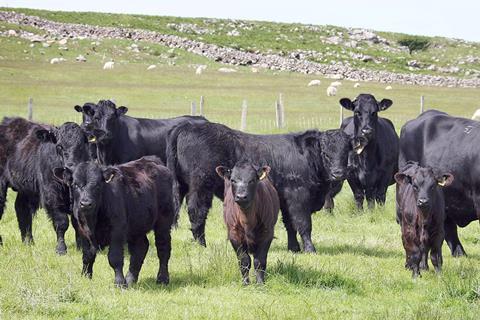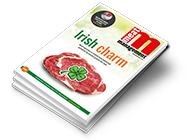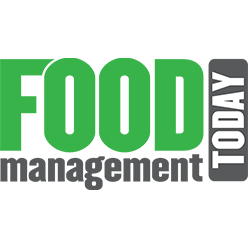Restricted international and domestic beef supply has fuelled a near 40% increase in cattle deadweight prices over nine months.

Hybu Cig Cymru - Meat Promotion Wales (HCC) anticipates the “imminent breaking” of the £7 per kilo threshold as a result of the restricted supply, stating that beef price records were being “smashed virtually every week as supply tightens”. This is across the UK and the rest of Europe - with current trends suggesting the strong prices may continue, according to analysis from HCC.
Glesni Phillips, HCC’s intelligence, analysis and business insight executive, commented: “Prime cattle deadweight prices in England and Wales have risen dramatically since late 2024 and are now £2 per kg higher than the same period last year.
“The steer average broke historical records at £5 per kg in September 2024, reached £6 per kg by February 2025, and, given the current trends, is heading towards £7/kg by late spring.
“EU beef prices have recently climbed more rapidly than here, narrowing the typical price gap to around 94.8p/kg for steers as of March, which could enhance UK export competitiveness - although rising prices in Ireland will likely mean higher import prices domestically.”
It was reported that UK prime cattle throughput for Q1 of 2025 totalled 508,000 head, down 3% year-on-year (or 14,000 head), with declines across all categories (young bulls -12%; steers -4% and heifers -1%) according to data from Defra. Heifer throughput continues to be elevated compared to historical levels and now represents 43% of total prime throughout (219,100 head), up from 40% in 2022.
Phillips continued: “Current prime cattle throughput levels are at their lowest since 2022, which was to be expected as the BCMS cattle population figures did indicate there would be fewer animals available for beef production in the longer term.
“Consumer experts Kantar report the total volume of retail beef sold during the 12 weeks to 23rd March 2025 was stable on the year - down 0.8% - but an increase in the average price by some 5% drove a 4% increase in total spend overall.”
Beef exports drop
Exports of fresh and frozen beef for January and February were down 10% year-on-year at 16,100 tonnes. HCC said this was “probably due to tighter domestic production”, which was down 3% during the period.
Phillips commented: “Looking at 2024 as a whole; exports were 9% higher than 2023 at 112,500 tonnes, with 86% bound for EU countries. Ireland received the largest proportion of these exports in 2024 but volumes are down some 13% so far in 2025.
“Fresh and frozen beef imports for January and February 2025 decreased 14% to 37,400 tonnes. Volumes from non-EU countries rose 17%, driven by Australia (up 144%), Brazil (up 36%), and New Zealand (up 18%). Imports increased 8% to 240,700 tonnes, with Ireland supplying 77% despite a 16% volume reduction.”















